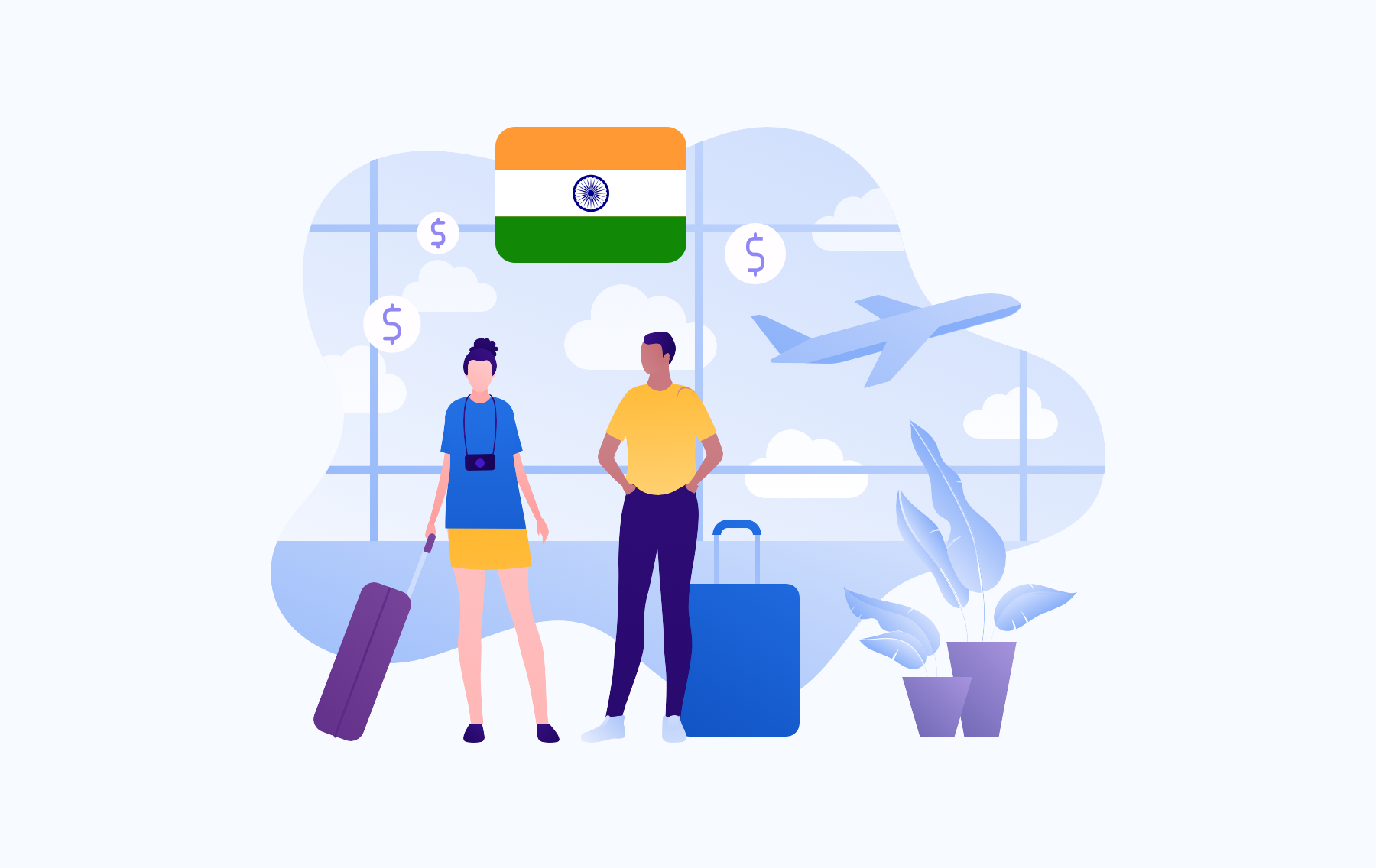As humans, we are not meant to be stable like mountains or trees. We are wired to be nomadic in our nature and that’s why travelling has always been one of the outpouring desires in our blood. To stand speechless in front of amazing landscapes, to walk through valleys and rivers, meeting new people and opening the doors of a curious world. This basic instinct that we inherited from our ancestors is circulating in our veins even when we are in front of a computer entering tedious accounting details. Unarguably, travelling is the most impressive way to spend your money and India is one of the most popular destinations when it comes to meet new cultures, meditation and ancient history. However, the complexity of this spectacular country’s payment practices and banking system can confuse many solicitous travelers. In this article, we will take a closer look into the India payments options when we are new in this diverse cultured country.
Being a Traveler in India
“India is the cradle of the human race, the birthplace of human speech, the mother of history, the grandmother of legend and the great-grandmother of tradition.” says Mark Twain, legendary American novelist and travel writer who is accepted as the father of American literature.
India welcomes you with 38 UNESCO World Heritage Sites including one of the seven wonders, the magnificent Taj Mahal, Konark’s Sun Temple, Qutub Minar and Jaipur’s Hawa Mahal. Being the birthplace of four major religions; Hinduism, Buddhism, Jainism and Sikhism, it is not surprising why the main structure of India has a tremendous variety of languages, cultures and aspects to norms. Actually, this is why the country sounds puzzling to foreigners. No matter if your purpose of visit is business or taking a deep breath in one of the marvelous temples, there are some things you better know before travelling to India, the subcontinent spanning more than 4,500 years.
What is the currency of India?
India’s official currency is Indian Rupee (₹) which has a managed float exchange rate and is traded in the USD/INR currency market. A Rupee is divided into 1000 paise. It is possible to find the denominations of ₹1, ₹2, ₹5, ₹10 whereas INR banknotes come in ₹5, ₹10, ₹20, ₹50, ₹100, ₹500 and ₹1000.
The Indian government forbids carrying rupees in or out of India. Thus, you must utilise a currency exchange once you enter and leave the country. As many experienced travelers know, it is always wise to have undamaged and low denomination bills. This way, you can exchange easier and faster.
The good news is many shops and tourist offices will help you, however you must always avoid P2P exchanges due to the dangers of fraud, scam and fake currency.
How to Send Money to India
There are hundreds of scenarios where things can go wrong. Therefore, it is important to have knowledge about the methods for sending money to India. Are you a bank account holder in India? Then it is pretty simple to receive funds via wire transfer, online banking or digital wallets. All you need is to share your IBAN number with the sender. In these cases, it can be a better idea to send in Rupees to cut out any of the international exchange rates or hidden fees. Another great alternative is to use “open-loop prepaid cards” enabling you to shop in any store accepting MasterCard and Visa. Have you lost them? No worries! Thanks to their seamless digital banking apps, you can simply cancel your card and request another. Safe! Easy! Convenient!
In Jeton Wallet, we cooperate with travelling enthusiasts all around the globe. Being a digital wallet in various fiat currencies, we can send you a JetonCash voucher in INR in any amount you like and you can enjoy the breathtaking beauty of Bhārat Gaṇarājya (official name of India in Hindu) without concerns of costly exchange rates! Do not carry cash, but our card! Join us today and meet the beneficial world of Jeton!



